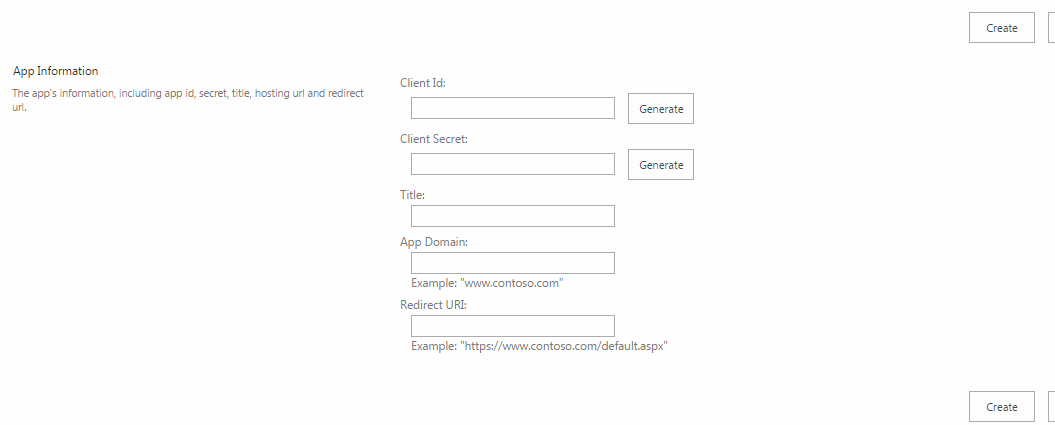Using OAuth Support for HTTP Request Triggers in Power Automate
Using OAuth Support for HTTP Request Triggers in Power Automate
Introduction
In this blog post, we will explore how to use OAuth support for HTTP request triggers in Power Automate. This feature allows you to securely connect to APIs that require OAuth authentication, expanding the possibilities for automation and integration with various services.What is OAuth?
OAuth (Open Authorization) is an open standard for token-based authentication and authorization. It allows an individual's account information to be used by third-party services, such as Facebook, without exposing the user's password.Why Use OAuth Support for HTTP Request Triggers?
Before the introduction of OAuth support for HTTP request triggers, connecting to APIs that required OAuth was a complex process. Now, Power Automate simplifies this process, making it easier to connect and automate tasks with services that use OAuth for authentication.How to Use OAuth Support for HTTP Request Triggers
Here are the steps to use OAuth support for HTTP request triggers in Power Automate:1. Create a new flow: Start by creating a new automated cloud flow in Power Automate.
2. Add an HTTP request trigger: In your flow, add an HTTP request trigger. This will be the trigger that starts your flow.
3. Configure OAuth: In the HTTP request trigger, you will now see an option for Authentication. Select OAuth and fill in the necessary details such as the `Authority`, `Tenant ID`, `Client ID`, `Client Secret`, and `Scope`.
4. Save and Test your flow: Once you've configured OAuth, save your flow and test it out. You should now be able to trigger your flow using an HTTP request and connect to your chosen API using OAuth.







Comments
Post a Comment